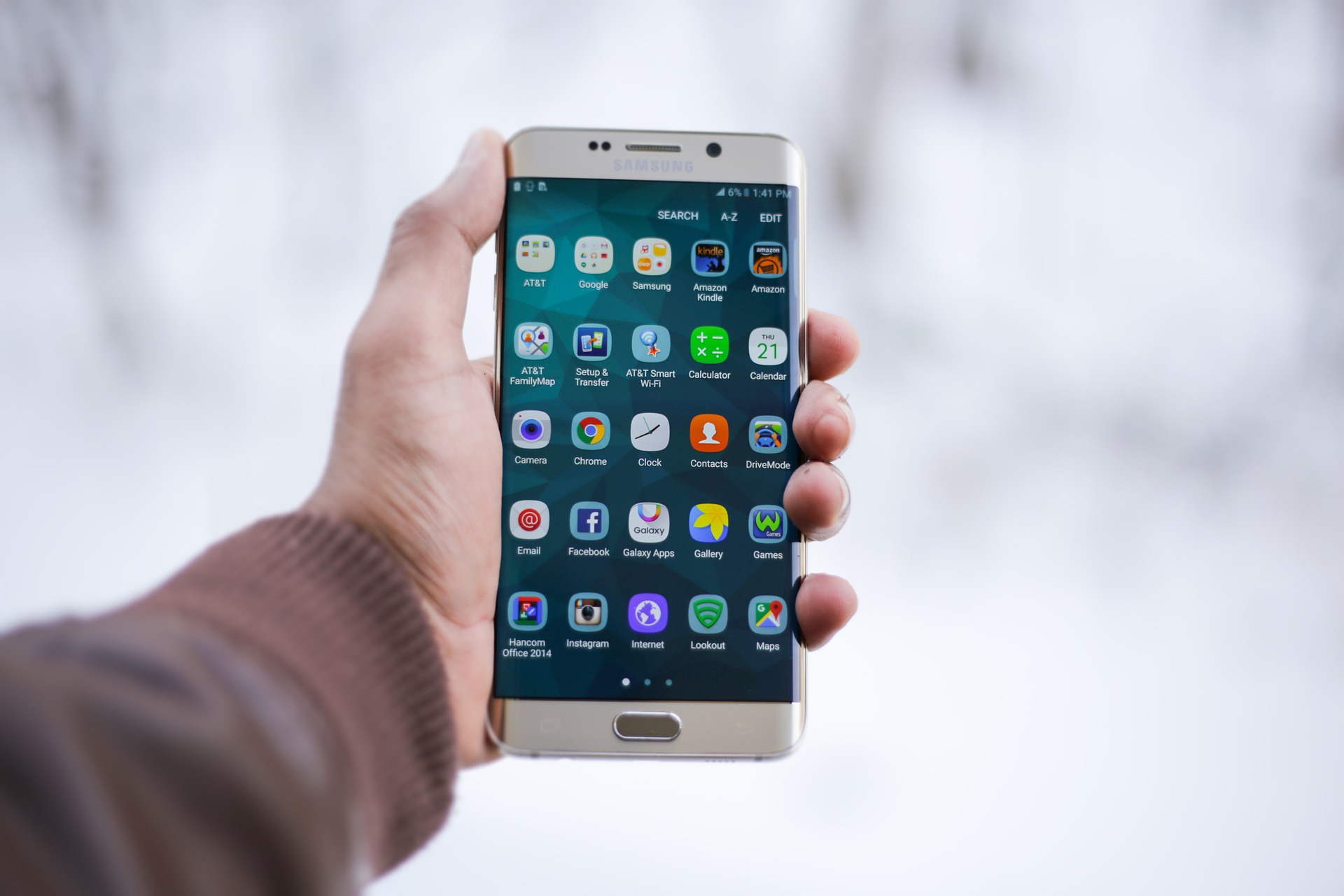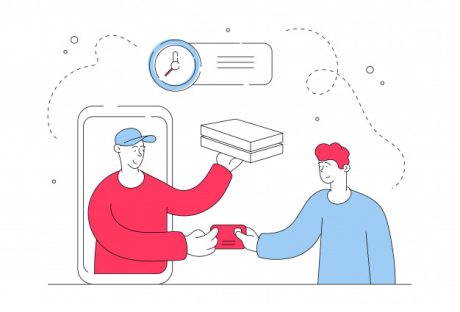So, you have an app or game in the Android marketplace, and you want to know how it’s doing. Do you have any idea how strong your apps influence is? How big is your core audience? Who are your daily engagers? What is the average length of time someone uses your app? These are just a few of the fundamental questions that every app developer should know the answers to. Here we will cover the five Key Principle Indicators (KPIs) that show how an app is performing in the marketplace.
KPIs Explained:
In Android app development, specific data entries are collected to determine how an app is performing and is being received by the Android community. These indicators are referred to as key because they are critical in the understanding of an apps influence and performance. It is important to have this data at your fingertips if you want to take your brand to the next level. These indicators may tell how many users have downloaded your app or how many people have uninstalled your app. There are dozens of KPIs that a developer can analyze. The following five factors we will be focusing on giving you an excellent general glimpse at data that is of great interest to the developer.
1. Downloads:
This metric is a given for every type of app in the marketplace. Every developer wants to know how many people have downloaded their app. The download phase is the initiating phase of the lifecycle of an app. This will tell you the percentage of people that could be interested in using your App. No other activity is possible without the initial download taking place. Assure that you are accurately tracking your app download numbers. Therefore, knowing the number of people who have downloaded your app is the starting point for business success.
2. Installs/Uninstalls:
Although Installs and Uninstalls are two different metrics, they are so closely linked, that we are grouping them together here.
We mentioned that you want to assure that you are accurately tracking your installs, and this is because the number of installs will give you a more accurate calculation of how many people have not only downloaded but also installed the app. It is the true measure of how any people find your app to be relevant after downloading.
Your Uninstall data shows you another vital factor. It is essential to be realistic about how many people are currently maintaining the presence of your app on their device. The Uninstalls number is your reality check for current users.
3. Daily Active Users (DAU):
The Daily Active Users (DAU) is a metric that shows you who your truly loyal base of users are. The individuals that use your app daily represent your core community of customers. These people are also likely brand ambassadors that promote your app to their networks. Knowing the people who are actively using your app is critical as it shows how the market is embracing the service you provide. Having so many people downloading and not using your app is a clear indication that you need to do something about it.
4. Session Length:
If you really want to know how engaged people are with your app, you will want to pay attention to the Session Length data. This will let you know how long users are engaging with your app. This information helps indicate when improvements may be in order.
5. Crashes:
This metric should be taken very seriously because if it is ignored, it can hurt the rating of your app. If people begin to get frequent crashes, it can indicate that there is a bug in your app. If you see the number under Crashes increasing, you want to investigate this right away.
Read Also:






















